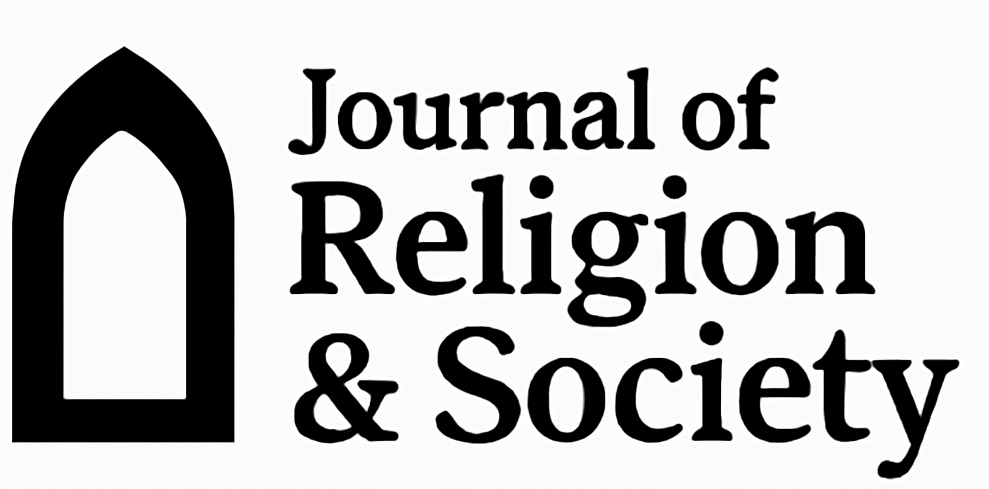Dominance Diminishes, Whereas the Centrality of Religion Enhances Well-Being: The Mediating Role of Depression, Anxiety, and Stress
Abstract
This paper explores the opposing psychological effects of dominance and religiosity on the individual well-being especially the mediating processes of depression, anxiety and stress. On a sample of 571 university students whose mean age was around 21 years old, we tested the direct and indirect effects of dominance and the centrality of religion on the constructs of the well-being as specified by the PERMA model. Positive emotions, engagement, relationships, meaning and accomplishment were used to operationalize well-being. To determine important constructs, Social Dominance Orientation (SDO), Centrality of Religiosity Scale (CRS-15), Depression Anxiety Stress Scales (DASS-21), and the PERMA profiler were used. Findings indicated that causal relationships existed between dominance and well-being in the negative direction, and such an association was mediated by elevated levels of depression, anxiety, and stress symptoms. Religiosity was in turn also strongly and positively related to well-being, but some of this relationship was mediated by less psychological distress. These data indicate that the mental expenses of supremacy-seeking behavior and the related psychological well-being of a robust religious orientation can be realized.
Keywords: Dominance; Religiosity; Wellbeing; Depression; Anxiety; Stress; PERMA





